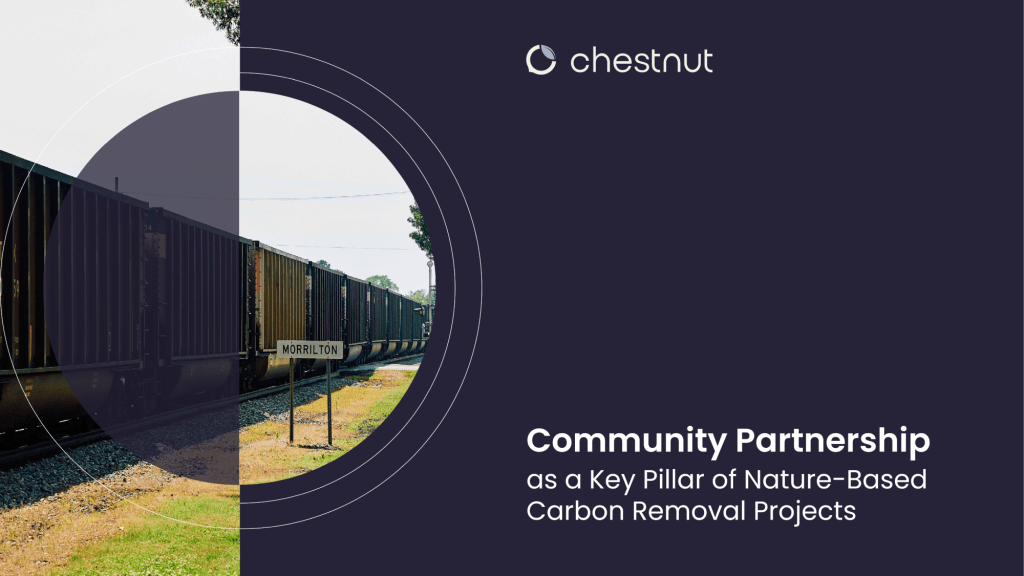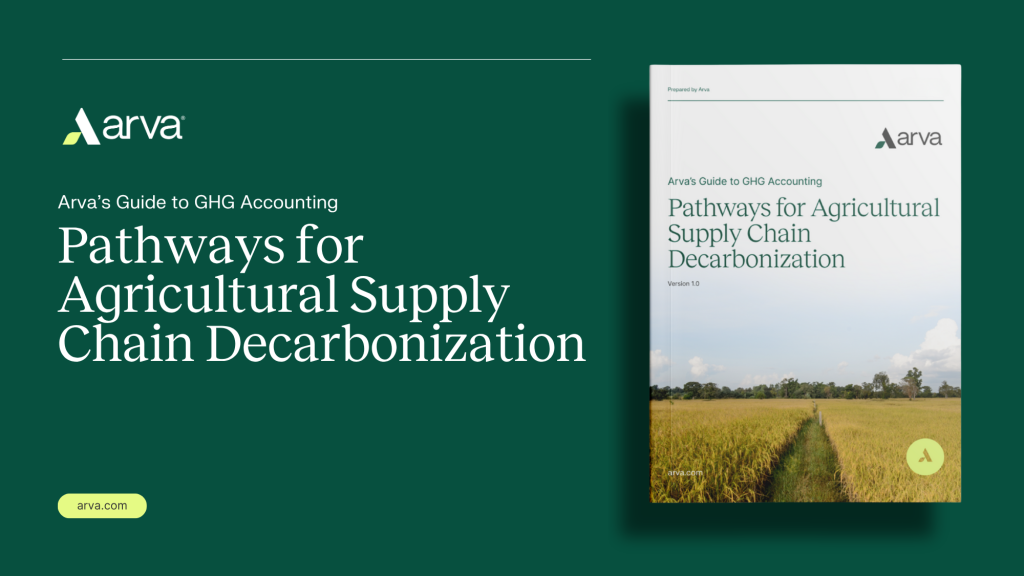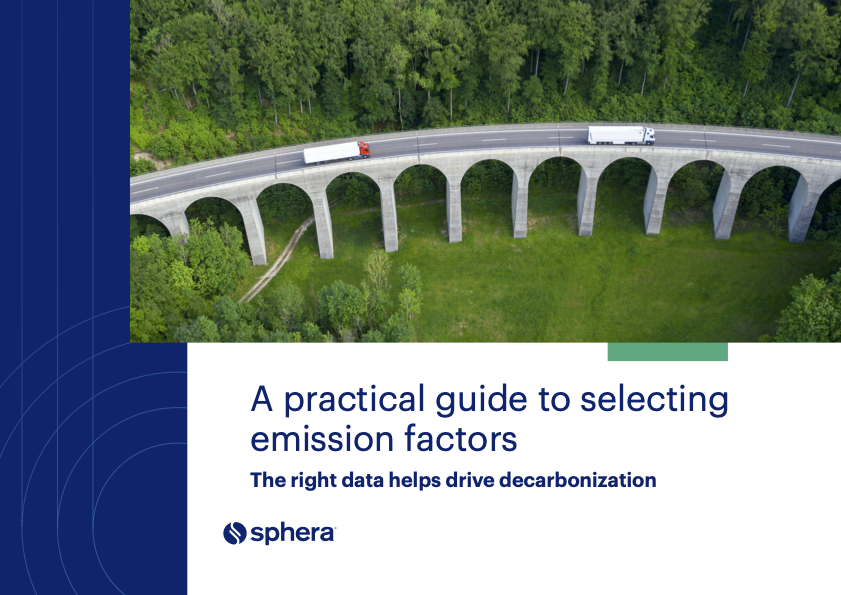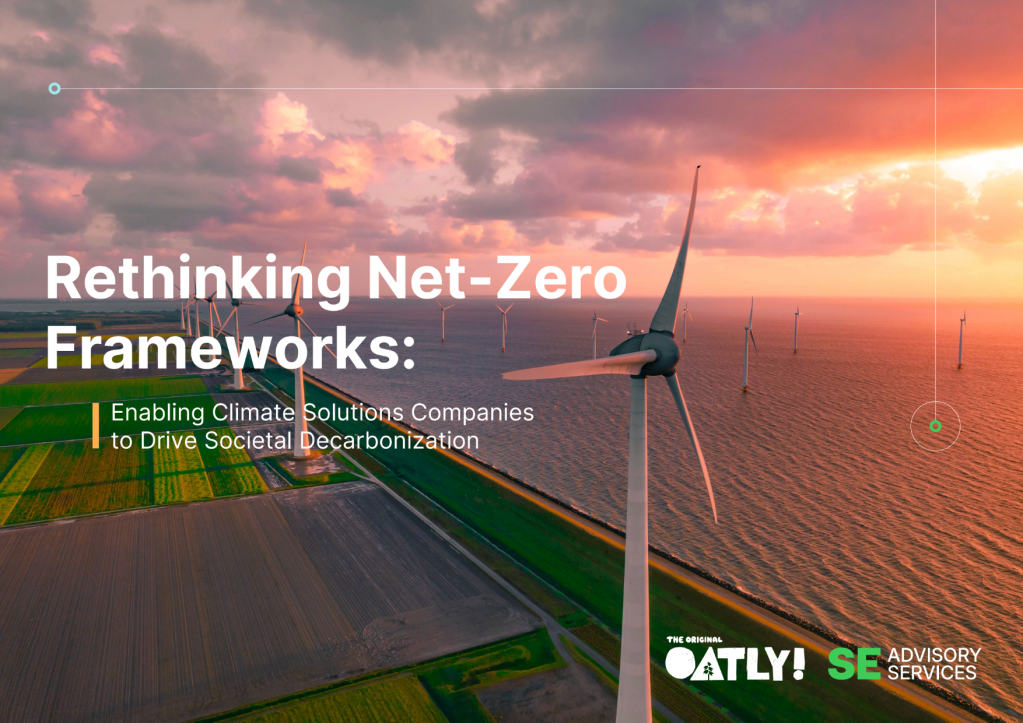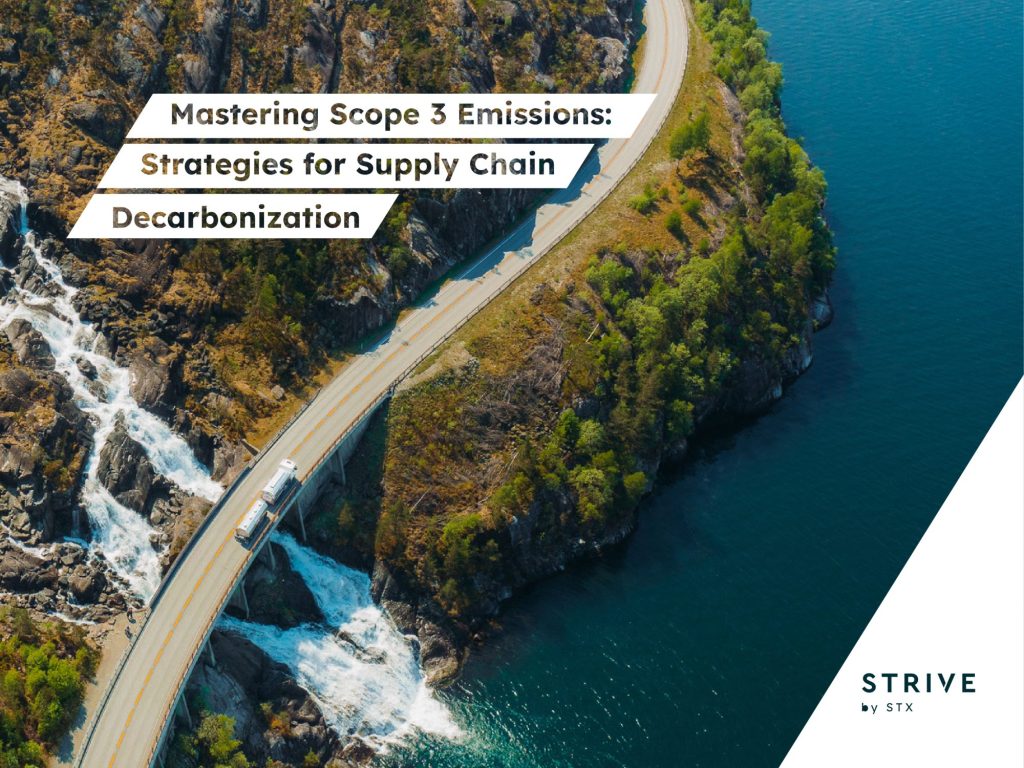One Tray at a Time: How to Green Your Cafeteria
Oft-maligned institutional food is giving way to cuisine that won’t bite the land that feeds you. Here are some tips from Joel Makower, founder of GreenBiz.com.
“Got anything green to eat?”
That’s probably not a question you hear much around your company’s cafeteria, but you might soon. A growing number of companies are thinking about the environmental impacts of the food they serve.
Company cafeterias and restaurants have not, to date, been a hotbed of environmental activism. A few have set up modest recycling or composting programs, or initiated some basic energy- or water-conservation measures. But food represents, arguably, their biggest environmental footprint, when you consider the petrochemical, water, and energy inputs of conventional agriculture; the groundwater contamination and worker health and safety impacts of most modern farming; the energy used for processing; and the vast distances food typically travels — anywhere from 1,300 to 2,000 miles from farm to fork.
Reducing all those impacts isn’t easy or quick, but some companies are figuring out how. They are buying seasonal, local produce and locally produced baked goods, which supports the nearby economy and reduces the impacts of transporting food. They are looking out for organic or fair-trade certified labels, in an effort to ensure that your lunch wasn’t grown at the expense of land or people in other places. They are putting hormone- and antibiotic-free poultry, livestock, and dairy products, as well as sustainably harvested seafood, on the table — to protect your health, and the health of the planet’s other inhabitants.
The greening of food service has been taking place for some time in colleges and universities, where students have demanded foods that align with their environmental, political, and social interests. (Colorado College’s campus cafeteria, for instance, has an “organic when possible” service that features free-range turkey sausage, vegan pizza, and certified-organic fries.)
Now similar stories are coming from corporate campuses, including those of Adidas, Amgen, Cisco, Google, Intel, and Nordstrom. Can it happen at your workplace? Here’s how to get the job done.
A Fork in the Road
To get started, you’ll need to determine where the food-service operation “lives.” It could be run by the facilities department, human resources, dining services, or the CEO’s spouse. It’s different for nearly every company. Wherever it’s based, an initial conversation will help you learn the lay of the land, and see what’s possible. (If your company contracts with an outside firm, you may be limited by the terms of the current contract. You don’t necessarily need to wait until it’s up for renewal to talk sustainability, but that’s an excellent time to do it.)
Whomever you talk to, it’s best to give some specific ideas, or examples of what others are doing. Emphasize the benefits: local foods, for example, can sometimes be delivered cheaper and fresher than their conventional counterparts. If yours is a small operation, partnering with another local company can save costs: Habitat Suites, an independent hotel in Austin, Texas, serves organic fare provided by Sysco, its primary food distributor. To achieve economies of scale, Habitat shares a truck with another progressive local business, says Natalie Marquis, the hotel’s general manager.
There might also be local or regional partnerships in which your company can participate. In California and the Pacific Northwest, the Food Alliance works with vendors like Aramark, Bon Appetit, and Sodexho to help them manage the growing demand for green cuisine. The Sustainable Food Center in Austin, Texas, is coordinating farmers (one at this time, hopefully more later on) to supply fresh produce weekly to Seton Healthcare Network’s hospital sites in Austin.
Many of the large vendors have forged individual partnerships as well, and your supplier might be among them. In the course of providing more than 30,000 meals a week to the internet networking giant Cisco Systems, Bon Appetit — one of the leading food-service firms to embrace a green ethic — works with a consortium of local farmers called American Fresh. “They tell us on a weekly basis what they have, what’s fresh,” says Bridgeen Keys, a Bon Appetit district manager. “Often, in the height of the growing season, we can get a lot of things cheaper from them than from the big commercial suppliers.”
Likewise, the food-service giant Sodexho has partnered with Wild Sage Foods, Inc., based in Mill Valley, Calif., to offer “clean cuisine,” says Wild Sage CEO Lauren Bell. Sodexho licenses Wild Sage’s “Herb ‘n Farm” brand at the aforementioned Colorado College facility, where the alternative food-service offering was launched two years ago. Wild Sage provides training, marketing, procurement, and other services to the Sodexho employees who staff the college’s cafeteria.
No Justice, No Peas
Despite these examples of success, implementing such changes can be complex, warns Jennifer Hall, executive director of Chefs Collaborative, a network of more than 1,000 chefs, restaurant owners, and others across the U.S. who promote sustainable cuisine. For example: local produce, because it’s picked ripe, may have a shorter shelf life, requiring more frequent deliveries. However, some companies have stringent policies about the number and timing of vendor deliveries. “The oddest things can become major barriers,” says Hall. Additional challenges, says Bell, include finding organic food in institutional-sized quantities — think spaghetti sauce — and getting small, local vendors to go through large distributors’ complex vendor-approval system, which can take months.
Even if your company doesn’t want to overhaul its menu — or doesn’t have a cafeteria — there may be other ways to go green. The Clif Bar headquarters in Berkeley, Calif., offers an Amy’s Kitchen vending machine on site, featuring organic frozen entrees. The Sustainable Food Center sets up lunchtime farmers’ markets to allow Austin-ites to buy locally grown food.
Whatever you do, it’s important to make changes slowly, to get everyone from distributors to chefs to customers used to the new foods and menus. Frontier Natural Products Co-op, based in Norway, Iowa, is taking a full two years to convert its company cafe to organic “to give our chef time to find more organic sources, including identifying and working with local suppliers,” says Kathy Larson, VP of corporate social responsibility.
Along the way, be sure to educate your fellow employees about what changes are taking place and why. Signage, table tents, menu notes, newsletters, and email can help everyone understand the rationale behind changes made in the name of sustainability. One firm offers a monthly “Lunch with the Chef,” where people can talk directly with dining staff about sustainability and other issues.
Overall, as Hall points out, it’s good to keep the message simple: “People only have a half hour. They’re not looking for a research project to choose their lunch.”
——
Joel Makower, a writer and consultant on corporate sustainability practices, is the founder of Green Business Network, producer of GreenBiz.com, ClimateBiz.com, and GreenerBuildings.com.
This article was first printed on Sept. 6, 2005, as part of Makower’s “Toiling Point” series on Grist.org. It has been reprinted with kind permission from that publication.
